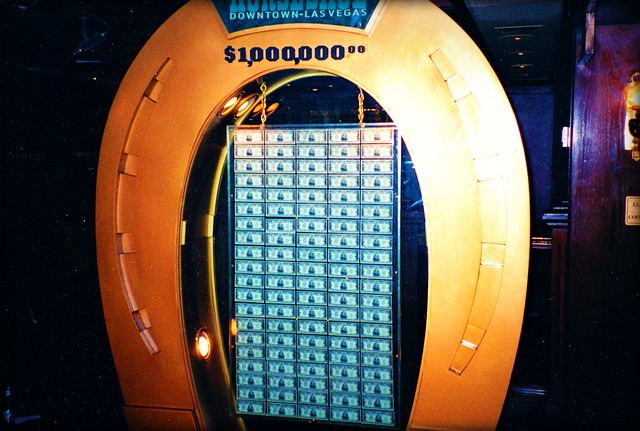Brother, Can You Spare a $100,000 Bill?: Echoes
By Kristin Aguilera - Dec 19, 2011
In one of financial history's great ironies, the first $100,000 bill rolled off the presses on Dec. 18, 1934 -- at the very height of the Great Depression.
These bills, issued as gold certificates, were never publicly circulated. They were issued only to Federal Reserve banks against the equivalent amount of gold held by the Treasury. Their purpose was to facilitate banking transactions in a time prior to electronic money transfers.
The notes bear the portrait of Woodrow Wilson, the 28th president of the U.S. They were printed for just a few weeks, and only 42,000 were ever produced by the Bureau of Engraving and Printing.
Although the $100,000 gold notes never publicly circulated, several other high-denomination notes did. The largest of these is the $10,000 bill bearing the portrait of Salmon P. Chase, whose accomplishments as Treasury Secretary included issuing the first U.S. federal legal tender (the "greenback") and engineering the National Banking Act, a critical financing mechanism for the Civil War. Notes in denominations of $500 (William McKinley), $1,000 (Grover Cleveland) and $5,000 (James Madison) also circulated publicly.
In 1969, the U.S. government ceased issuing high-denomination notes and began removing them from circulation. The main impetus for this change was the notes' close association with organized crime, and with the trafficking of drugs and weapons. For criminals, the appeal was obvious: The notes made it easy to transport large quantities of cash without drawing undue attention. Counterfeiting was also a major concern, particularly outside the U.S.
Today, the $100 bill is the largest to circulate, and higher-denomination notes are mostly in museum collections. (An unissued "specimen" of the $100,000 gold note is currently on view in the Museum of American Finance.) Many are also still held by Federal Reserve banks.
U.S. federal currency is unusual internationally in that even the earliest issues -- of 1861 -- have never been demonetized. So if you happen to find a high-denomination note, you can cash it in at any bank for face value (or, better yet, sell it on the collector's market for a higher price).
All except the $100,000 gold certificate may legally be held in private hands.(Kristin Aguilera is the deputy director of the Museum of American Finance and the editor of Financial History magazine.)
To contact the writer of this blog post: Kristin Aguilera at
kaguilera@moaf.org.
To contact the editor responsible for this blog post: Timothy Lavin at
tlavin1@bloomberg.net.


